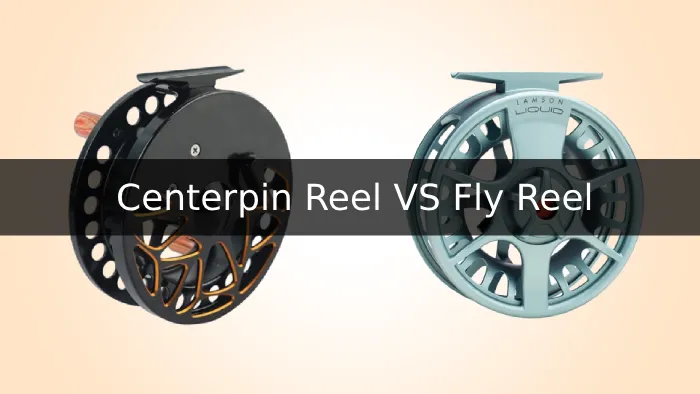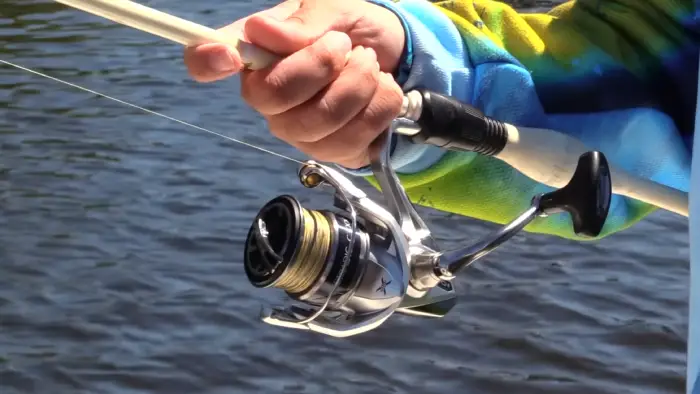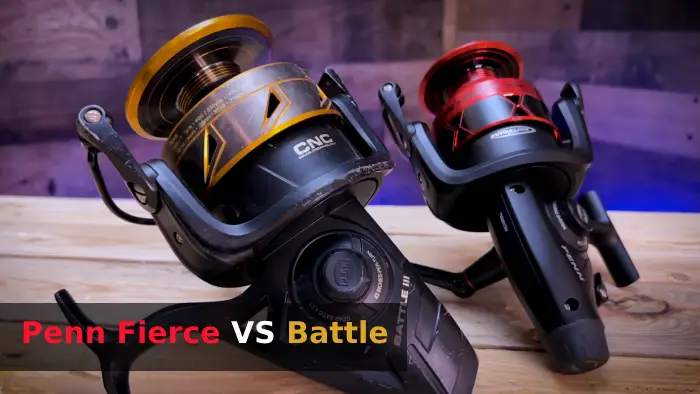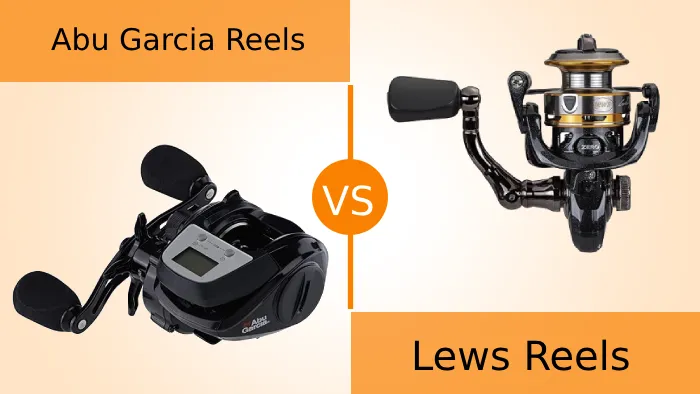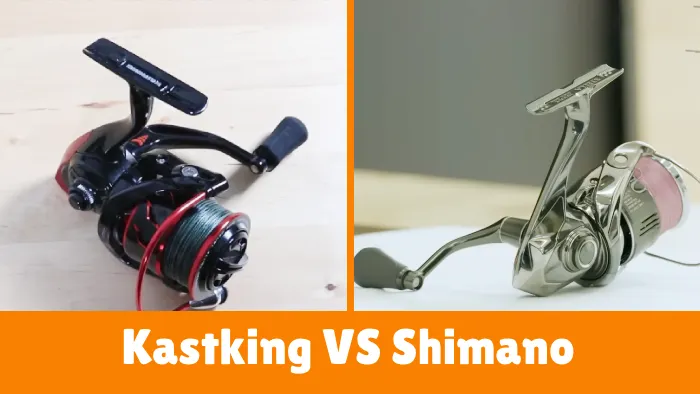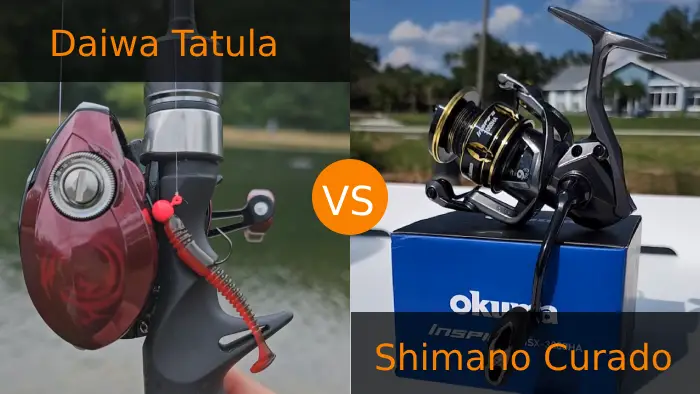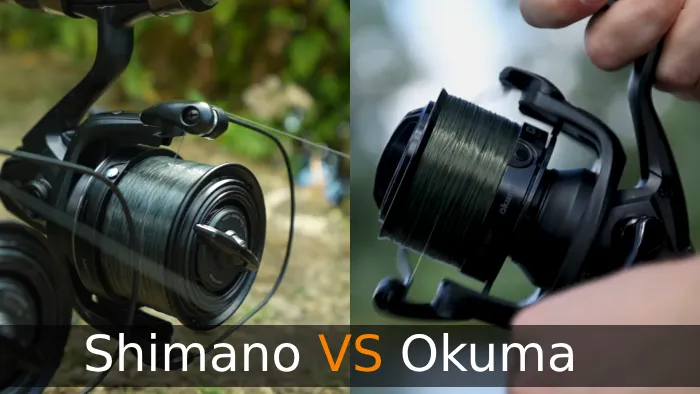Centerpin Reel VS Fly Reel: 7 Differences
Centerpin reel and fly reel, both essential tools in the angler’s arsenal, offer distinct advantages and cater to different fishing styles. As an angler, understanding the key differences between these two types of reels is essential for making the right choice on your next fishing expedition.
One of the primary differences between centerpin reels and fly reels is their design and drag systems. Centerpin reels, with their unique design, allow the spool to rotate freely on a central pin.
In contrast, fly reels feature a drag system that imparts resistance, pivotal for managing the line’s tension when battling fish.
There are also some distinctions between centerpin reels and fly reels in other categories. We’ll explore the differences between a centerpin reel and a fly reel to help you determine which one is right for you.
7 Differences Between Centerpin Reel and Fly Reel
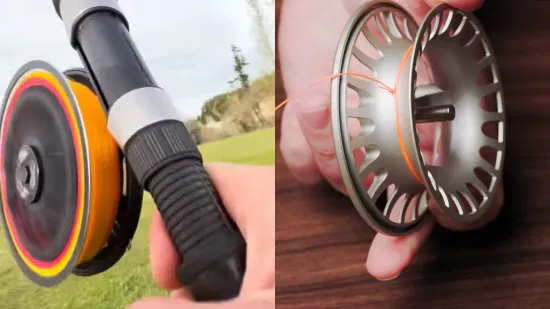
There are several key points to consider when comparing centerpin reels and fly reels.
- Design and drag system
- Reel size
- Weight
- Cost range
- Durability and materials
- Line management and drift
- Best uses and versatility
Here is a detailed explanation of the differences among a centerpin reel and a fly reel to make the right choice for your fishing needs.
1. Design and Drag System
To understand the differences between a centerpin reel and a fly reel, it’s important to consider their design and drag system.
Centerpin reels have a unique design where the spool rotates freely on a central pin. This manual operation requires you to use your fingers to apply or release pressure on the spinning spool.
On the other hand, fly reels have a different design with a drag system. The drag system provides resistance and allows you to control the tension on the line when battling fish.
With fly reels, you can adjust the resistance on the line during the run of a fish using the drag system, as opposed to the centerpin reels. This advantage is particularly useful when dealing with larger or more aggressive fish.
2. Reel Size
Centerpin reels are typically larger in size, ranging from about 4.5 inches to 5.5 inches in diameter. Some specialty models can even exceed 6 inches. These larger sizes are well-suited for larger fishing rods and can handle heavier lines and larger fish.
Conversely, fly reels are generally smaller and designed to match fly rods. Common sizes range from around 2.5 inches to 4 inches in diameter for freshwater and light saltwater applications.
If you’re targeting large saltwater species, you may opt for larger sizes that exceed 4 inches to accommodate the thicker and heavier fly lines required.
3. Weight
Centerpin reels tend to be heavier than fly reels due to their larger size and more robust construction. Generally, the weight of a centerpin reel ranges from 8 ounces to over 20 ounces, which may feel cumbersome to some anglers, especially during long fishing trips.
However, the added weight of a centerpin reel can help you make longer and more precise casts and provide better control during retrieval.
In contrast, fly reels are generally lighter than centerpin reels, as their primary function is to cast lighter lines and flies. The weight of a fly reel can range from as light as 2 ounces to around 10 ounces, making them significantly lighter than centerpin reels.
A fly reel’s lighter weight allows it to be maneuvered more easily, which is useful when fishing in tight spaces or when casting multiple times.
However, it’s essential to note that larger, more robust fly reels, such as those used for saltwater or salmon fishing, may weigh more than their smaller counterparts.
Nonetheless, they are still relatively lightweight compared to centerpin reels, making them a viable option for anglers who prefer a more lightweight setup.
4. Cost Range
Generally, you can find centerpin reels at a higher cost range compared to fly reels. Centerpin reels offer a range of options, from entry-level models starting at around $100 to top-of-the-line custom or handcrafted reels that can cost several hundred dollars or more.
These premium centerpin reels are often made with high-quality materials and precision engineering, resulting in superior performance and durability.
In contrast, fly reels cater to a broader price range. Entry-level fly reels can be found for as low as $30 to $50, while mid-range options typically range from $100 to $300.
If you’re looking for the highest quality and performance, high-end fly reels from reputable brands can cost anywhere from $300 to over $1,000. Ultimately, the cost of both reel types depends on the features, materials, and craftsmanship you desire.
5. Durability and Materials
Another striking difference between centerpin and fly reels is their materials and construction. Centerpin reels are known for their durability, often crafted from top-quality materials like aluminum, stainless steel, or titanium.
They can endure the forces exerted by larger fish and resist corrosion over extended periods. This makes them ideal for anglers targeting larger fish species like salmon, steelhead, or trout.
Conversely, fly reels are typically made from more lightweight materials such as plastic, machined aluminum, or graphite composites. They are designed to strike a balance between weight and strength, allowing anglers to handle them with ease while still remaining durable.
This makes them great for fly fishing techniques that require casting accuracy and control.
6. Line Management and Drift
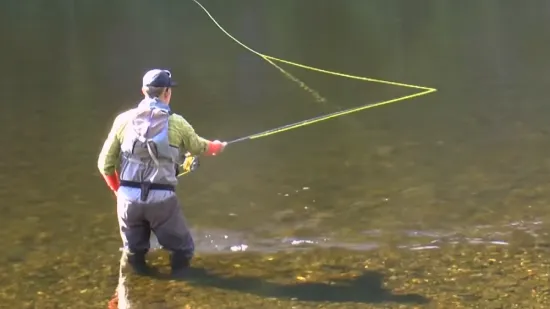
Centerpin reels and fly reels differ significantly in terms of their line management and drift characteristics. In centerpin reels, a drag-free drift is the primary focus, allowing bait or lures to drift naturally with the current.
This is critical in attracting fish, especially in rivers where the water moves at varying speeds. With a Centrepin reel’s smooth and consistent drag, anglers can achieve the natural drift they need to entice fish to bite.
On the other hand, fly reels are designed primarily to hold and manipulate the fly line effectively. While they may not provide a drag-free drift, their unique design enables precise casting and control of the line’s movements.
Fly reels are beneficial in technical fly fishing scenarios where anglers must make challenging casts in tight spaces or accurately cast their lines at short distances.
7. Best Uses and Versatility
Centerpin reels excel in drift fishing scenarios, particularly in rivers and streams. They are well-suited for species like steelhead and salmon.
In contrast, fly reels are versatile and suitable for a variety of fishing situations, such as nymphing, streamer fishing, and dry fly fishing.
Fly reels offer versatility and adaptability to a variety of fishing scenarios, while centerpin reels are specialized for specific applications. Centerpin reels are primarily used for float fishing and centerpinning, which are popular techniques for targeting species like salmon and steelhead.
Meanwhile, fly reels are specially designed for fly fishing, which involves casting lightweight artificial flies. The primary purpose of each reel type aligns with the fishing technique it’s designed for. Centerpin reels excel in float fishing, while fly reels are tailored to fly fishing.
Centerpin Reel and Fly Reel Comparison Chart
| Aspect | Centerpin Reel | Fly Reel |
| Design and Drag System | Spool rotates freely; manual operation with finger control | Spool rotation based on a drag system; adjustable resistance during fights |
| Reel Size | Typically larger (4.5 to 6+ inches) | Smaller, matched to fly rods (2.5 to 4 inches) |
| Weight | Heavier (8 ounces to 20+ ounces) | Lighter (2 ounces to 10+ ounces) |
| Cost Range | Broad range, including premium options | Wide price range, from entry-level to high-end |
| Durability and Materials | Durable, often made of aluminum or stainless steel | Balance between strength and weight, various materials |
| Line Management and Drift | Provides drag-free drift for natural bait movement | Emphasis on line control and casting precision |
| Best Uses and Versatility | Specialized for drift fishing (salmon, steelhead) | Versatile for various fishing techniques and species (nymphing, streamer, dry fly) |
Centerpin Reel vs Fly Reel: Which One Is Better?
When making a choice between a centerpin reel and a fly reel, consider your specific fishing needs and preferences to determine which one is better suited for you. Both reels have their advantages and excel in different fishing scenarios.
If you primarily engage in drift fishing in Rhode Island or at other locations for species like steelhead and salmon in rivers and streams, a centerpin reel may be the better option. It offers precise line control and a drag-free drift, which can be crucial in these situations.
Conversely, if you enjoy various fishing techniques like nymphing, streamer fishing, and dry fly fishing, a fly reel is the way to go. In addition to being versatile, fly reels can be used in a wide variety of fishing situations.
They also have a drag system that provides an advantage when dealing with larger or more aggressive fish.
Ultimately, the better reel depends on your fishing goals, style, and the type of fishing you enjoy most.
Are centerpin reels hard to use?
Centerpin reels can initially be challenging to use, especially for beginners, due to the precision required in casting. The cast can be the most difficult part of the system to master.
However, once your gear is in the water, centerpin reels become easier to handle because there’s no bail to deal with or drag adjustments during a prolonged battle with a fish.
As you gain experience and improve your fishing skills, your focus shifts primarily to controlling the float and achieving the perfect drift, especially when targeting steelhead.
So, while there’s a learning curve, with practice, centerpin reels become more manageable and rewarding for float fishing enthusiasts.
How far can you cast a centerpin?
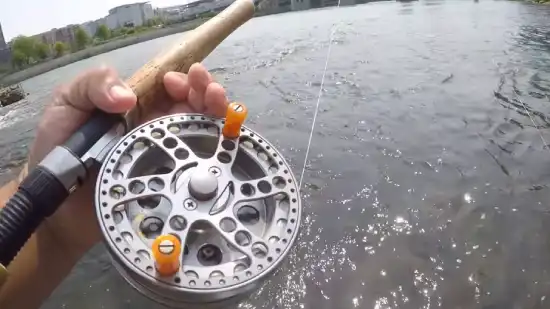
The casting distance with a centerpin reel can vary depending on your skill level and the fishing conditions, but with practice, you can achieve impressive distances.
In tighter spaces, you can give the reel a slight spin before casting, which takes some getting used to but can be highly effective. With this technique, it’s possible to cast over 80 feet even in a limited casting room.
However, it’s important to note that achieving maximum casting distance with a centerpin reel requires honing your casting technique over time. So, while it may take some practice, you can cast quite far with a centerpin reel, making it a valuable tool for anglers targeting fish in a variety of water conditions.
Centerpin Reel and Fly Reel: Make the Right Reel Choice for Your Fishing Adventure
Whether you choose a centerpin reel or a fly reel ultimately depends on your unique fishing preferences and objectives. Each of these reels offers distinct advantages, catering to different fishing styles and scenarios.
Centerpin reels excel in drift fishing situations, providing precise line control and a natural bait movement crucial for species like steelhead and salmon.
In contrast, fly reels are versatile and adaptable, suitable for various fishing techniques and species. They feature a drag system that proves advantageous for handling larger or more aggressive fish.
Your decision should align with your fishing goals and style, ensuring an enjoyable and successful experience on the water.

